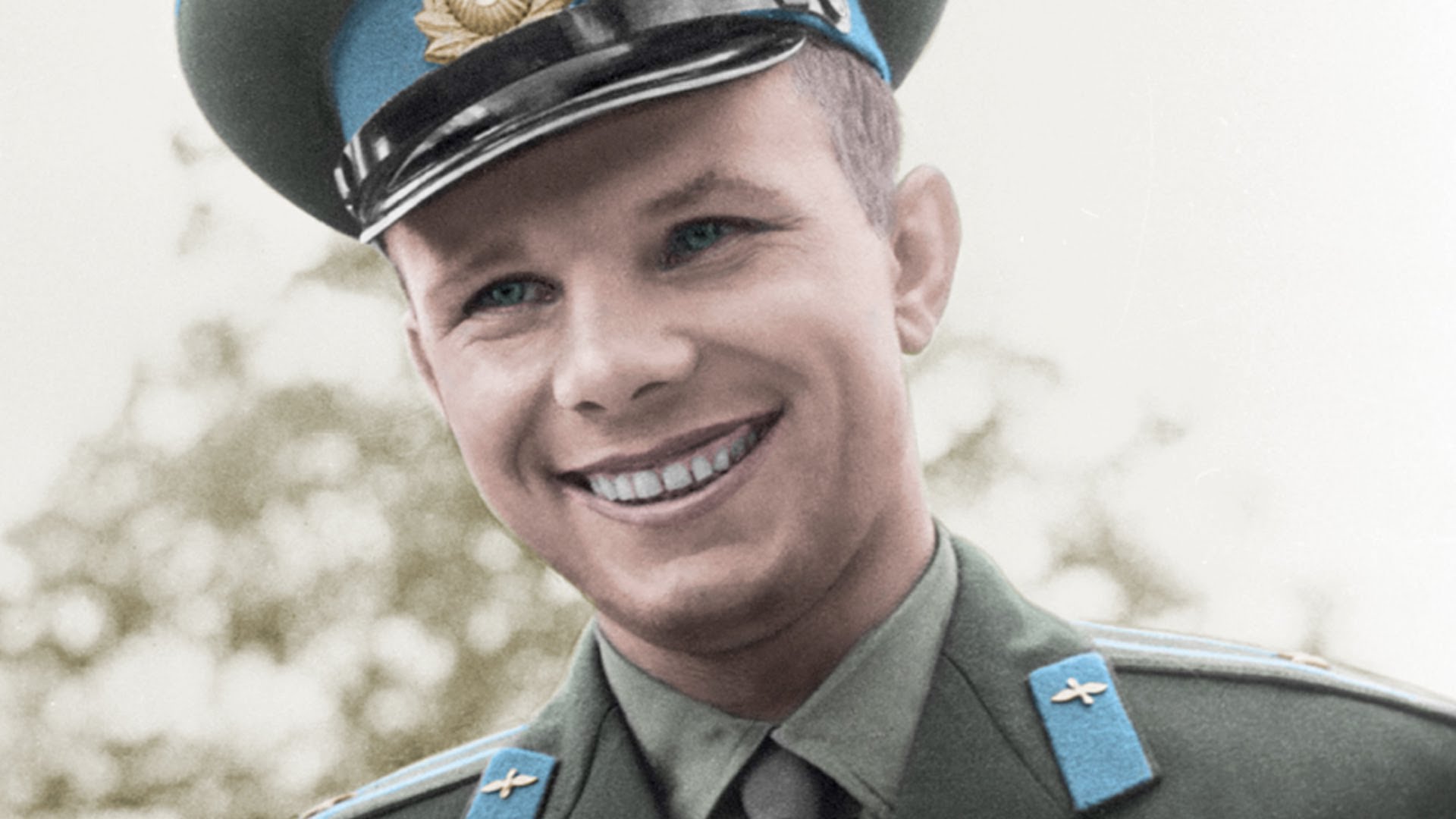
The stars and heavens have always been fascinating humankind. Ancient hunter groups relied on celestial objects during the long journeys for the right direction and seasonal changes. In the early 15th century, Galileo Galilei was the first man who looked into the majestic cosmos through an optical telescope. But it would take another four hundred years until the man would able to travel into space, when on April 12th 1961, Yuri Gagarin, a Soviet fighter-pilot-turned Cosmonaut, became the first man in space. It was an unprecedented feat and the 108 minutes orbit of the Soviet Union’s spacecraft Vostok, some 327 kilometers above the earth, was the first of many odysseys to explore the vastness of cosmos.
Yuri Alekseyevich Gagarin was born on a farm near a small village a few hundred miles from Moscow. His father was a carpenter. He got his education from the local school and later studied at vocational and technical schools. In his teen, he witnessed a Soviet fighter plane make an emergency landing near his village, this incident had a profound impact on young Yuri. Years later, when he got a chance to join a flying club, he eagerly accepted the offer and glided a solo flight in 1955.

It was a time of intense rivalry between the USA and USSR to surpass each other and maintain global dominance in every field of science and technology including space exploration. The Soviet Space program was more advanced than the United States with the successful launching of the first artificial satellite, Sputnik in 1957. In the midst of this space race, 27 years old senior lieutenant submitted his application and was amongst the 200 Soviet fighter pilots selected. The selected candidates had a vast experience of flying high accelerating vehicles under the influence of intense centripetal, centrifugal and gravitational forces.
Soviets Union sent a couple of test flights before the final plunge and used a prototype of Vostok Spacecraft, on board was a life-sized dummy named Ivan Ivanovic and a dog named Zvezdochka.

On April 12, 1961, at 09:07 A.M Moscow time, the Vostok spacecraft first time blasted off into space with an unprecedented speed of more than 17,500 miles per hour or 5 miles per second. The spacecraft broke free of the Earth’s gravitational pull and entered orbit around the planet, orbiting once before re-entering the atmosphere and landing back on Soviet soil.
Since then, none had a physical experience of how weightlessness felt like and how it would impact the pilot, Vostok had little controls onboard. It either controlled from the ground or worked automatically. In case of an emergency, Gagarin supposed to receive override codes that would allow him to control the capsule manually. But Sergei Korolev, Chief Designer of the Soviet space program, disregarded protocol and proides these code to the pilot prior to the flight. Unlike modern spacecraft, it was a spherically shaped capsule to maintain the center of gravity for its one-man-crew, no matter what the spacecraft’s orientation was. The spacecraft 10 days’ worth of supplies in case the engines failed and Gagarin had to wait for the orbit to naturally die.
The Vostok capsule had to slow down its speed by means of a retrorocket for reentry into the earth’s atmosphere. The capsule accelerated at the speeds ranging from 500 mph to 225 m/s. During the free fall under the earth’s gravitational force, Gagarin experienced a tremendous gravitational pull that was eight times to the pull of Earth’s gravity. Fortunately, he was still able to maintain his conscience.

The mission was being monitored by the Fédération Aéronautique Internationale (FAI), the governing body for aerospace records. According to its rules, the mission could only be counted as an official spaceflight if the pilot landed with the spacecraft but Gagarin parachuted from 4 km above the surface. His ejection kept as a secret by the Soviet authorities until 1971. Nonetheless, Gagarin still remembered as the first man to go into space and orbit around the planet earth.
After the flight, Gagarin instantly became a global hero. He welcomed by a cheering crowd of hundreds and thousands of Russians at Red Square in Moscow. Later on, he traveled across the world and became a symbol of Soviet supremacy in space. He was made Deputy of the Supreme Soviet Council (the highest legislative body in the Soviet Union) and was appointed the commander of the Cosmonauts’ Detachment. Gagarin had become a prominent figure and portrayed a soft image of the Soviet Union. They did not want to risk losing such a popular public figure and therefore were hesitant about allowing Gagarin to return to space. Gagarin, however, was allowed to make test flights of fighter jets for Air Force.

Unfortunately, on March 27, 1968, Gagarin along with another pilot killed while on a test-flight of jet fighter aircraft, MiG-15. He survived by his wife, Valentina Ivanovna Goryacheva, and two daughters. When in 1969, NASA’s Apollo 11, the first manned mission to the moon landed, its crew left behind a commemorative medallion bearing Gagarin’s name to honor him.
Gagarin’s achievement still got celebrated . Russian cosmonauts participate in a number of pre-launch traditions before way up to the Soyuz spacecraft ― such as urinating on the launch bus tires and following in the footsteps of Great Gagarin. Every year on 12th April, the space community across the world commemorates Gagarin’s achievement, a part of this is “Yuri’s night” that founded in 2001 in honor of the great legend and attracts thousands of space enthusiasts every year.

Muhammad Abdullah Khan has done bachelors in Chemistry from Government College University
Lahore. He is a science enthusiast and loves to read and write about astronomy, cosmology and latest
scientific endeavors.

